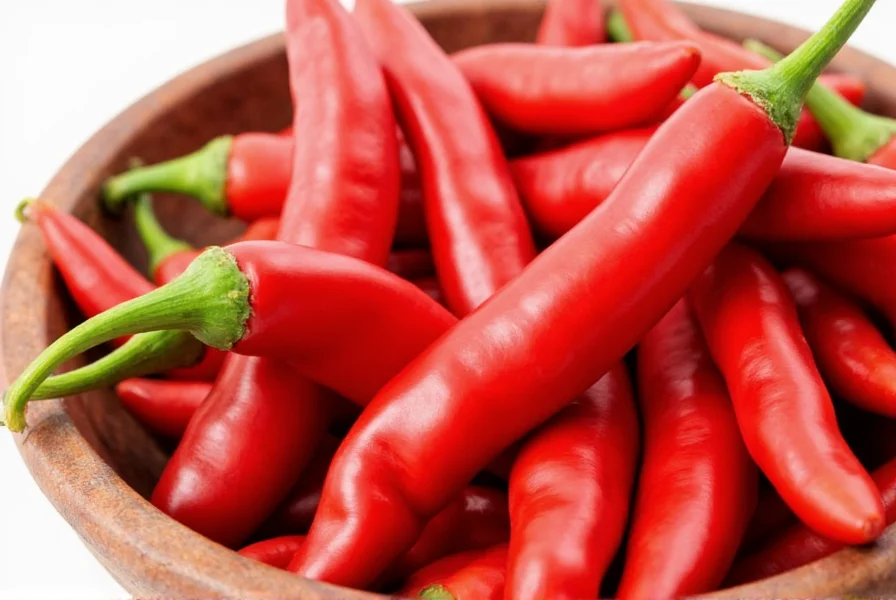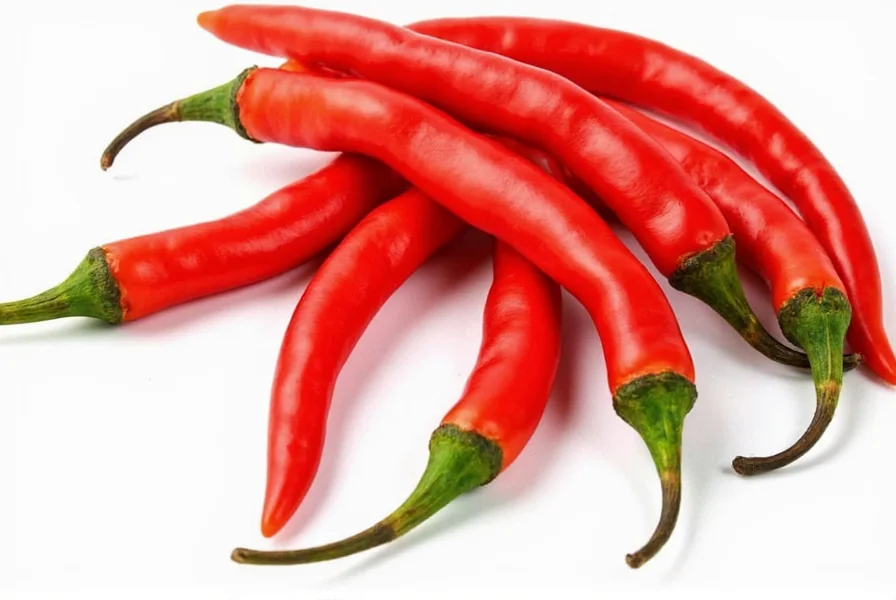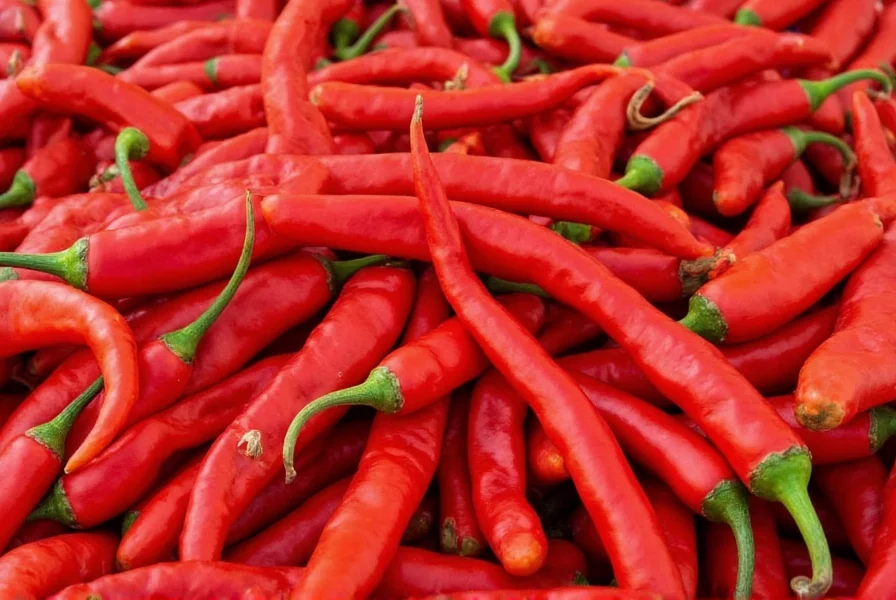
The Science Behind Cayenne Pepper's Health Effects
Cayenne pepper (Capsicum annuum) has been used for centuries in traditional medicine and cuisine. Modern research reveals that its primary active compound, capsaicin, interacts with sensory neurons to produce various physiological effects. When evaluating is cayenne pepper good for your metabolism, studies show capsaicin may temporarily increase metabolic rate by 4-5% through thermogenesis. This effect, while modest, contributes to cayenne pepper's reputation as a metabolism booster.
For those wondering can cayenne pepper help with pain relief, clinical evidence supports topical capsaicin's effectiveness for certain pain conditions. The American College of Rheumatology recommends 0.075% capsaicin cream for osteoarthritis pain, with studies showing significant improvement after 4-12 weeks of regular use. The mechanism involves depleting substance P, a neurotransmitter involved in pain signaling.
Evidence-Based Health Benefits of Cayenne Pepper
Research provides varying levels of evidence for different health claims associated with cayenne pepper. The strongest evidence supports specific applications:
| Health Benefit | Scientific Evidence Level | Recommended Application |
|---|---|---|
| Pain relief (topical) | Strong (multiple RCTs) | 0.025-0.075% capsaicin cream for arthritis, neuropathy |
| Metabolic boost | Moderate (short-term studies) | 8-10mg capsaicin with meals for temporary effect |
| Cardiovascular support | Preliminary (animal & limited human studies) | Dietary inclusion as part of balanced nutrition |
| Digestive health | Mixed evidence | Small culinary amounts; avoid with active ulcers |
Potential Risks and Side Effects
While is cayenne pepper healthy for daily consumption has a generally positive answer for most people, certain risks exist. Common side effects include:
- Temporary burning sensation in mouth or digestive tract
- Skin irritation when handling fresh peppers
- Heartburn or stomach upset in sensitive individuals
- Worsening of hemorrhoids or anal fissures
People with specific conditions should exercise caution. Those with is cayenne pepper bad for acid reflux concerns should know it may trigger symptoms in GERD patients. Individuals taking blood thinners like warfarin should consult their doctor, as cayenne may enhance anticoagulant effects. Those with irritable bowel syndrome (IBS) often find spicy foods exacerbate symptoms.
How to Safely Incorporate Cayenne Pepper
For those interested in how much cayenne pepper is good for you daily, culinary use typically ranges from 1/8 to 1/2 teaspoon of powder per serving. Start with small amounts to assess tolerance. Here are practical ways to include cayenne in your diet:
- Add to savory dishes like soups, stews, and roasted vegetables
- Mix with honey or lemon in warm water for a morning tonic
- Use in spice blends for meats and vegetables
- Try cayenne-infused olive oil for salad dressings
For therapeutic use beyond culinary amounts, consult a healthcare provider. is cayenne pepper supplement safe depends on individual health status and medication use. Standardized supplements typically contain 2-6% capsaicin, with doses ranging from 30-120mg daily in studies.

What Research Actually Shows
When examining does cayenne pepper really help with weight loss, the evidence suggests modest short-term effects. A 2021 meta-analysis in Nutrition Reviews found capsaicin supplementation produced an average weight loss of 0.48 kg over 6-12 weeks compared to placebo. The effect appears more pronounced in Asian populations and those with higher baseline BMI.
For cardiovascular health, research shows cayenne pepper may help lower blood pressure through multiple mechanisms. A 2022 study in Hypertension Research demonstrated that regular capsaicin consumption was associated with a 5-8 mmHg reduction in systolic blood pressure among prehypertensive adults. The effect seems to build over 8-12 weeks of consistent use.
Practical Recommendations
Based on current evidence, cayenne pepper can be a healthy addition to most diets when used appropriately. Consider these guidelines:
- Start with small culinary amounts to assess tolerance
- Avoid if you have active peptic ulcers or severe GERD
- Wear gloves when handling fresh peppers to prevent skin irritation
- Consult your doctor before using supplements if taking medications
- Discontinue use if you experience persistent digestive discomfort
The question is cayenne pepper good for your heart health appears to have a positive answer based on emerging research, but it should complement rather than replace conventional heart-healthy practices. Similarly, while can cayenne pepper reduce inflammation shows promise in laboratory studies, human evidence remains preliminary.











 浙公网安备
33010002000092号
浙公网安备
33010002000092号 浙B2-20120091-4
浙B2-20120091-4